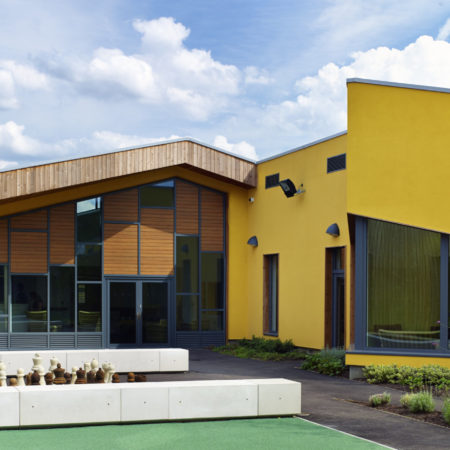Why Net Zero Healthcare Can’t Ignore Building Fabric and Embodied Carbon
NHS estates in many areas are making excellent progress towards decarbonisation – particularly in the areas of energy efficiency and switching hospital electricity supplies to renewable sources. The goal is for the NHS as a whole to achieve net zero carbon by 2040.
This is where it gets a little complicated. What do we mean by net zero and what are the implications?
For one thing, if we manage to replace natural gas with electricity across the UK economy the nation will not have anything like the generating and distribution capacity needed to meet peak energy demand. The challenge isn’t just about changing the source of energy, but using much less of it overall.
To slash energy use we need buildings that are much better insulated. This applies to new and existing buildings.
The other complicating factor is embodied carbon. This is the carbon emitted when construction materials are extracted, processed, transported and assembled. The word ‘embodied’ is misleading; the emissions are already emitted, out there in the atmosphere and irreversible.
Net zero carbon should consider both operational carbon (the relatively easy part) and embodied carbon. This is particularly relevant at a time when the nation is planning to build 40 new hospitals plus countless community healthcare facilities, both new and extended. Retrofitting existing buildings to reduce energy consumption also comes with an embodied carbon cost that should be accounted for.
Building Fabric and Embodied Carbon
There are important and unavoidable choices to be made when new buildings and retrofit programmes are designed. Fabric selection and building methods have a direct impact on carbon neutrality and the irreversible greenhouse gas emissions that we add to the atmosphere.
Structural timber has the major advantage of negative levels of embodied carbon. This is because atmospheric carbon is stored by trees as they grow. That carbon remains locked away until the wood decomposes or is burned.
A high structural timber content is the best and possibly only way to achieve net zero carbon in the construction phase – particularly when used in building systems such as SIPs that reduce the need for carbon-generating onsite operations and plant. These modern building systems are also highly insulated and airtight – which makes a big difference to controlling levels of operational carbon in practice.
Net zero carbon is all about the choices we make. Building fabric and being accountable for embodied carbon has to be at the top of the list of considerations.
Find out more by visiting our healthcare construction resource centre. Or contact Richard King ([email protected]).

